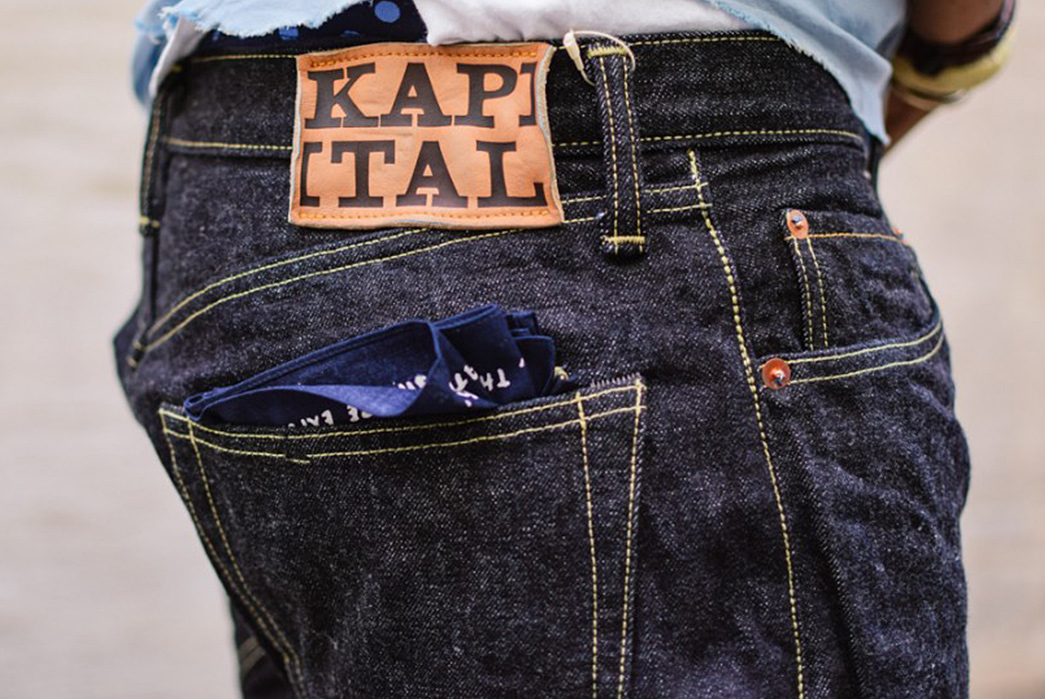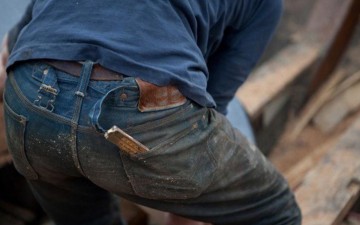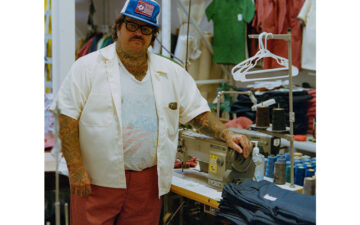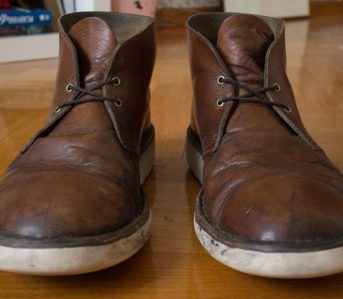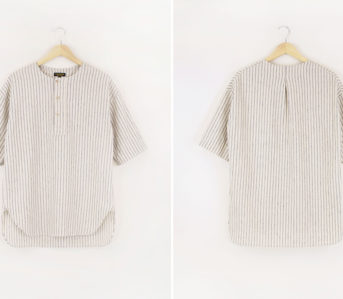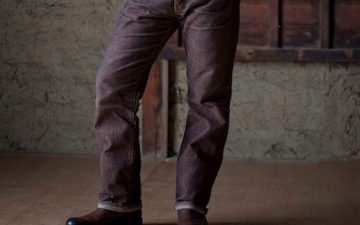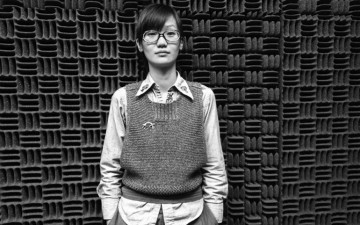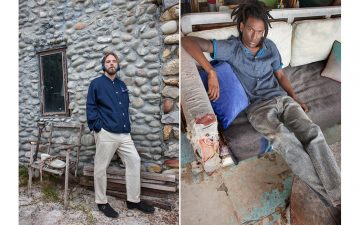True originality is hard to achieve. When it comes to clothing, garments that are entirely unprecedented are few and far between. Sure, brands can source bespoke fabrics, adorn pieces with unique prints, and add their own touches and quirks to their product, but in reality, most clothing adheres to a blueprint that’s been followed many, many times before.
One brand that has truly broken the mold is Kapital. Based in Japanese denim-hotbed of Okayama Prefecture, Kapital produces some of the most esteemed denim on the market, as well as a wide range unconventional clothing and accessories, all of which fuse traditional construction and dyeing techniques with a flare of avant-garde design. Kapital doesn’t deign to just make clothes, they make their own world.
Often regarded as a niche brand pushing the limits of wearability, we thought it was about time we placed the spotlight on Kapital to provide you with a window into the whimsical Japanese label.
History of Kapital
Kapital as a company began in the 1980s. Brand founder, Toshikiyo Hirata, discovered his love for American denim while teaching Karate in the United States. Upon returning to his homeland of Japan, Toshikiyo had his heart set on producing his own denim. Toshikiyo opened his first factory in 1984, with his own denim and vintage store in Kojima following shortly after.
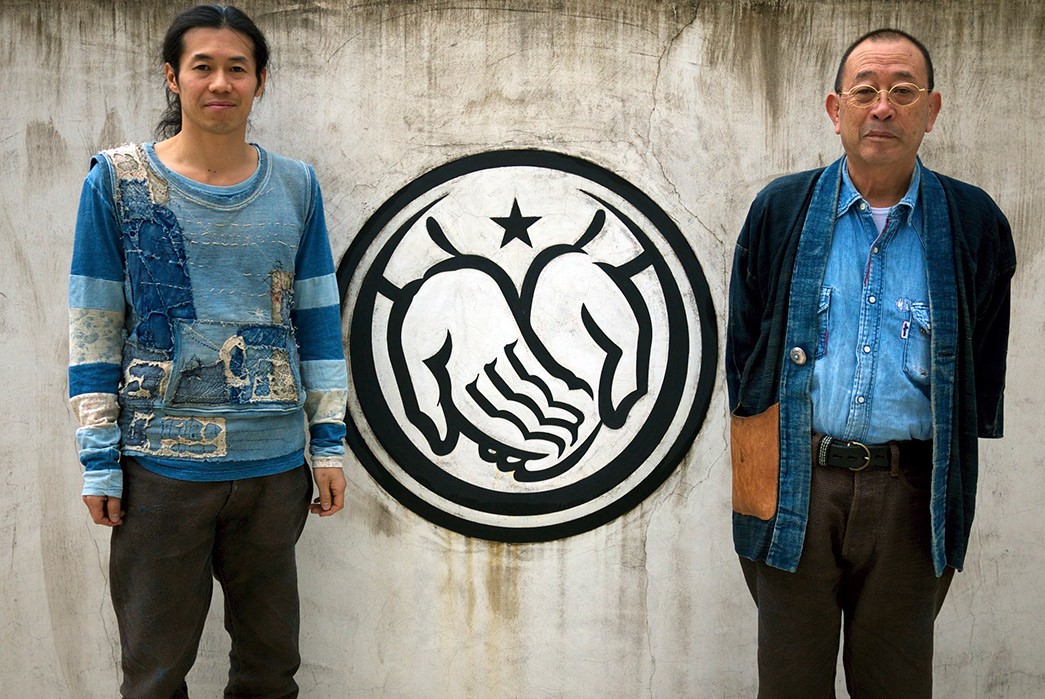
Kiro (left) and Toshiyoko (right) Hirata via Pinterest
Toshikiyo’s son, Kiro Hirata, followed in the footsteps of his father, leaving Japan at the age of eighteen to pursue an education abroad. After studying art in the U.S., Kiro returned to Japan and began working as an apparel designer for the well-revered Japanese label, 45RPM. It was during this time with that Kiro met Eric Kvatek, Kapital’s chief lookbook photographer, who has worked with the brand to this day.
In 2002, Kiro parted ways with 45RPM to join his father’s Okayama-based company. Toshikiyo had already earned his stripes in the world American denim reproduction but Kiro’s penchant for art and design collided perfectly with his father’s knowledge of American denim and workwear, allowing the father-and-son duo to found Kapital as the brand we know today.
Kapital Today
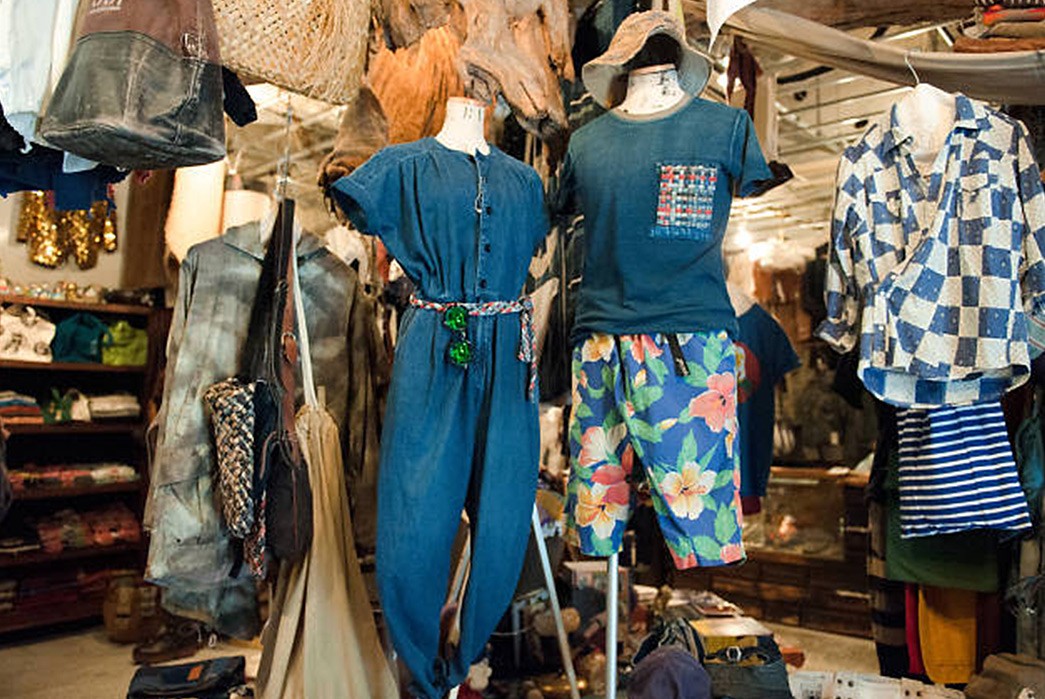
Kapital Ebisu store via Timeout
Headquartered in Kojima, Okayama Prefecture, and led by Kiro and Toshiyoko Hirata, Kapital is now one of the most respected labels in the Japanese heritage scene, with over fifteen bricks-and-mortar stores across Japan and a collection of selected overseas retailers. Each company retail store is constructed with a different concept, drawing inspiration from the surrounding area and the traditions of its respective region.
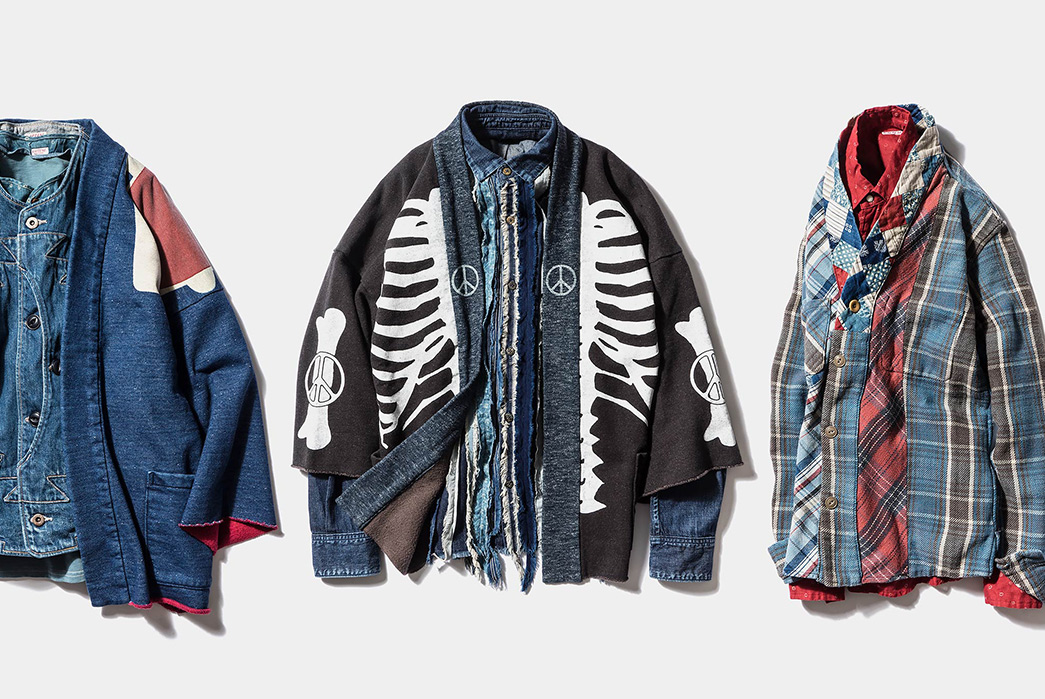
Kapital Garments via Haven
Kapital products are hard to encapsulate with a piece of light reading such as this article – I’m not sure how many words you would need. In a New Yorker essay, author and fan of the brand David Sedaris describes them as though, “The clothes they sell are new but appear to have been previously worn, perhaps by someone who was shot or stabbed and then thrown off a boat. Everything looks as if it had been pulled from the evidence rack at a murder trial.”
Indigo denim is a fundamental element of Kapital’s collections, often distressed so authentically the garment actually looks second or third-hand. Ancient Japanese crafts such as Boro and Sashiko are also ever-present in each season’s lineup, as well as sporadic patchwork and the plethora of vintage washes and quirky dyeing techniques which arise from the brand’s own dyeing and washing factory. This dyeing factory shares its name with Kapital’s sub-label, Kountry, which focuses on using innovative techniques to produce the most organic-looking pre-distressed products.
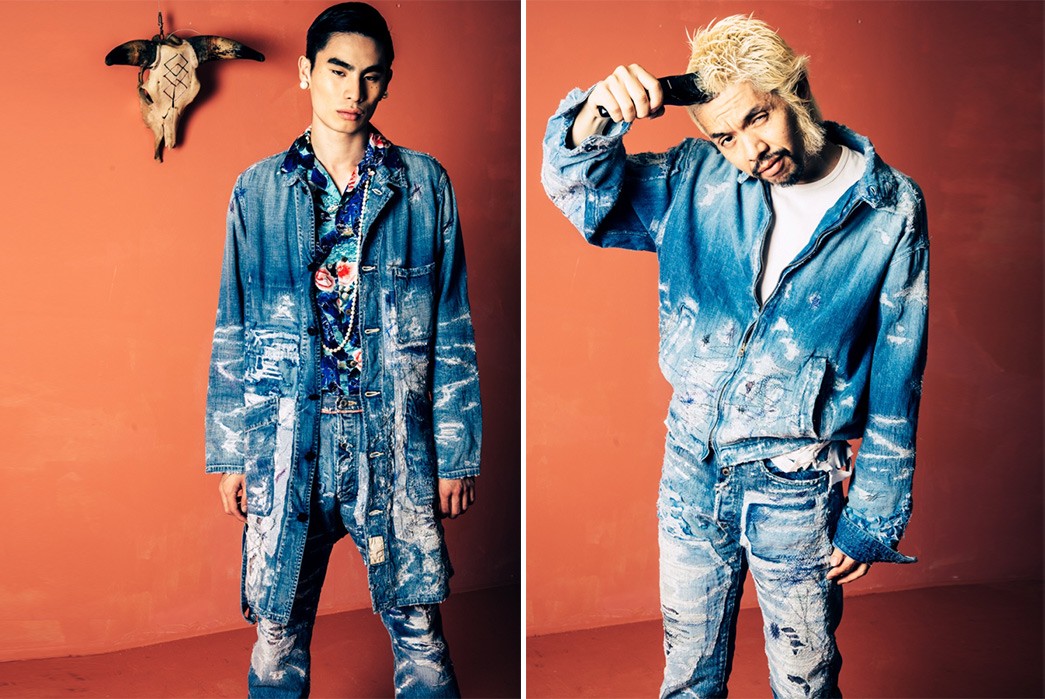
Images from the Kountry FW17 Lookbook via Hypebeast
Whilst many brands strive to produce the most meticulous reproductions of archetypal pieces, Kapital follows a completely different philosophy. Kapital products can almost seem like an ironic joke on the style the garment is based on – symmetry is often completely disregarded, pockets are placed in the most awkwardly strange places, and adjusters/buttons make irregular appearances on many of Kapital’s playful renditions. However, it’s these strange silhouettes and quirks that make Kapital products so charmingly desirable.
Lookbooks and Bandanas
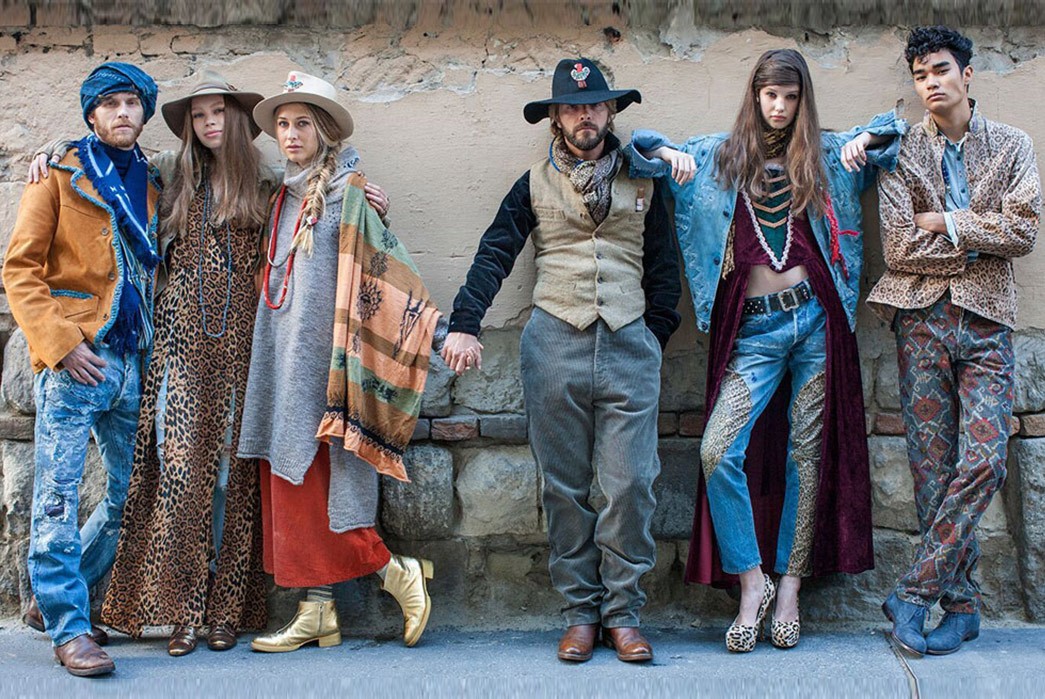
An Image from Kapital’s SS16 ‘Bad Opera’ Lookbook
Each Kapital season coincides with a lookbook based on a concept drawn up by Kiro Hirata. Shot and produced by the brand’s longstanding photographer, Eric Kvatek, Kapital’s seasonal lookbooks are almost like an additional product to the collection – one which ties everything together and makes sense of the plethora of influences and inspirations present in Kapital’s clothing.
The books currently come out twice a year and generally feature a familiar lineup of models in some exotic locale. Past books have been shot everywhere from South Africa, Mongolia, Iceland, and Jamaica.
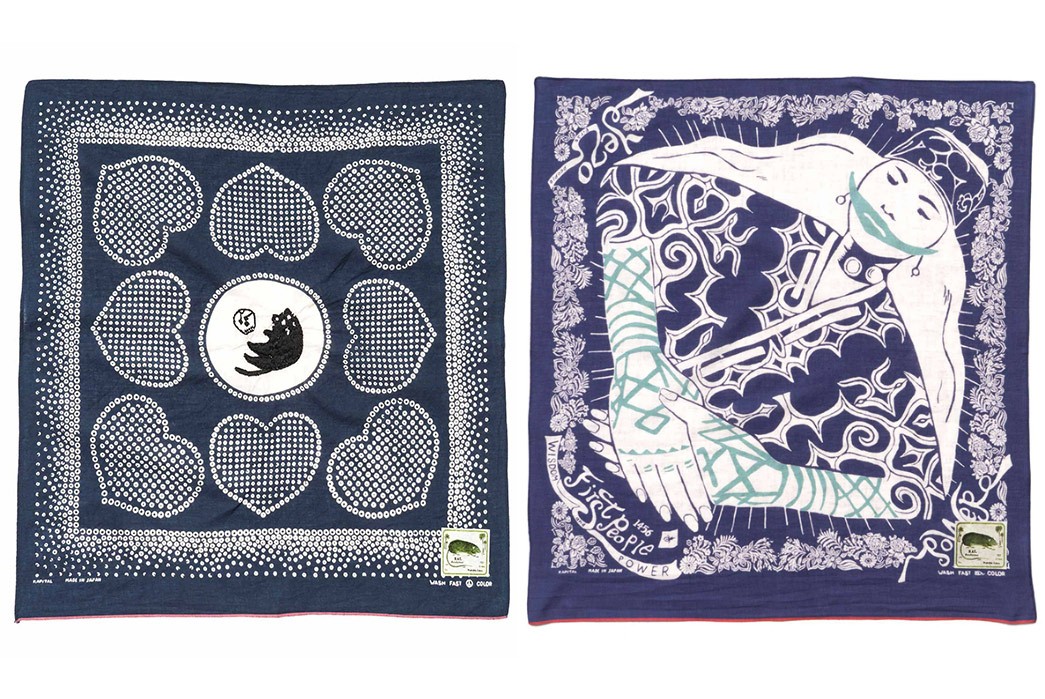
Images via Haven
Bandanas are a hallmark of the Kapital brand. Kiro Hitara is an avid collector of bandanas and opened his own bandana museum, which features a huge exhibition of vintage Elephant brand bandanas. Synonymous with workwear and bohemian clothing – two of Kapital’s greatest influences – bandanas are now a continuum in each Kapital season. And just like their apparel, Kapital bandanas are vibrant, unusual, and brimming with cultural references and visual puns.
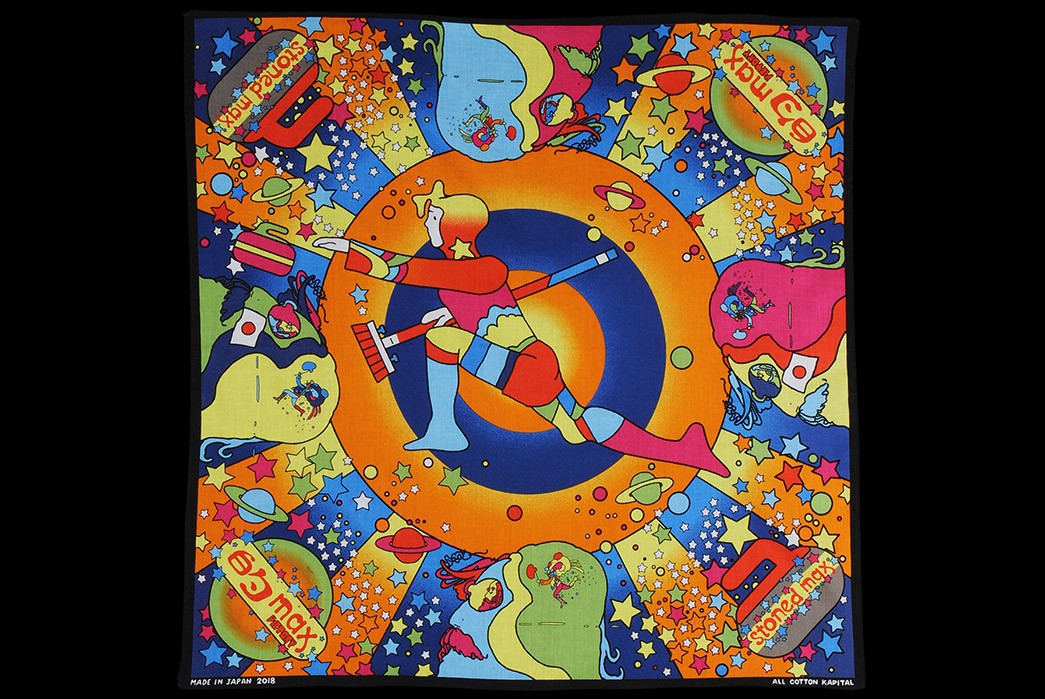
A recent Kapital bandana done in the style of Peter Max to commemorate the 2018 Winter Olympics. Image via Unionmade.
Iconic Products
Century Denim
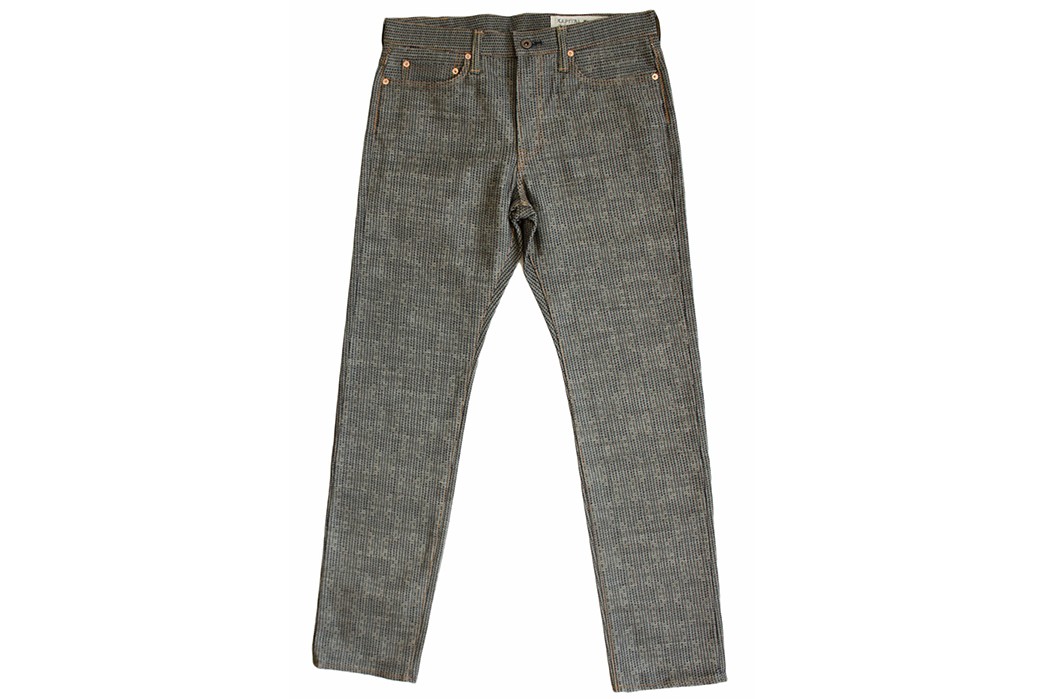
Kapital’s Century Denim is a product that helped gain the brand a lot of western attention and remains one Kapital’s hallmarks to this day. Century Denim is an unsanforized 12oz. dyed denim adorned with indigo dyed sashiko-style stitching throughout. As well as reinforcing the denim and achieving a distinctive aesthetic, the sashiko stitching steeps the Century Denim in Japanese tradition and allows the fabric to break down and fade in a completely unique fashion.
The Century fabric comes in a variety of fits, colors and styles this innovative fabric is seen here on a pair of five-pocket jeans, coming in a slim-tapered fit with a button fly and cinch back fastening.
Available at Blue Button Store for $498CD ($398USD)
Ring Coat
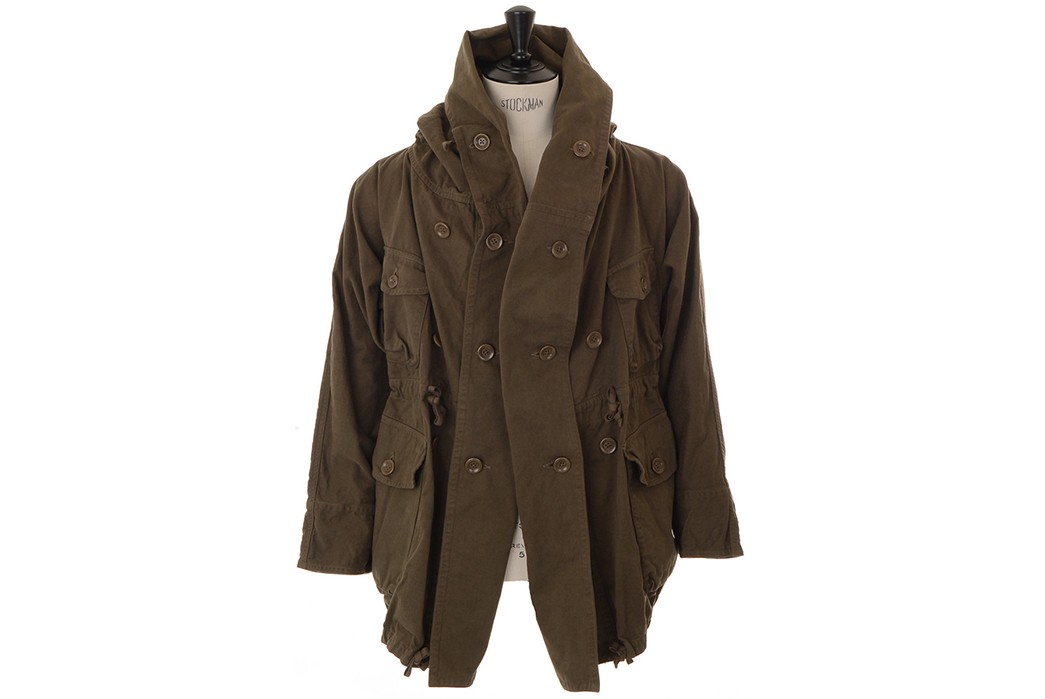
Another one of Kapital’s calling is cards the Ring Coat, which also comes in many colors and fabrics. This cross between an M-65 and a peacoat is an innovative piece that can be worn in different ways thanks to its triple button placket and adjustable waist cord. Seen here in a brown napped cotton, the Ring Coat also features four roomy exterior pockets with button-closures, and felted flannel and the neckline for warmth and comfort.
Available at Kafka for £498 ($674USD)
Boro and Sashiko Bandana print Baseball Cap
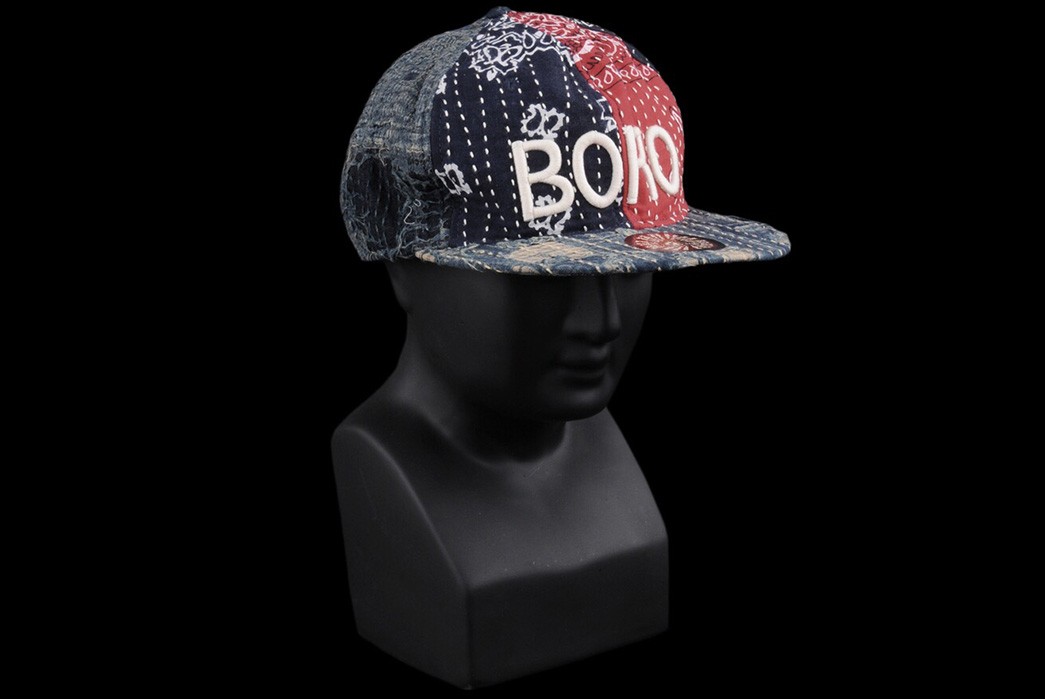
A definitive exhibition of east meets west, this cap is built like an American six-panel fitted cap, but constructed from distressed and reworked bandanas and Boro fabrics. Coming straight out of Kapital’s ‘Kountry’ collection, the cap is finished with ‘Boro’ playfully stitched onto the front as a nod to American team baseball caps.
Available for $287 at Unionmade.

